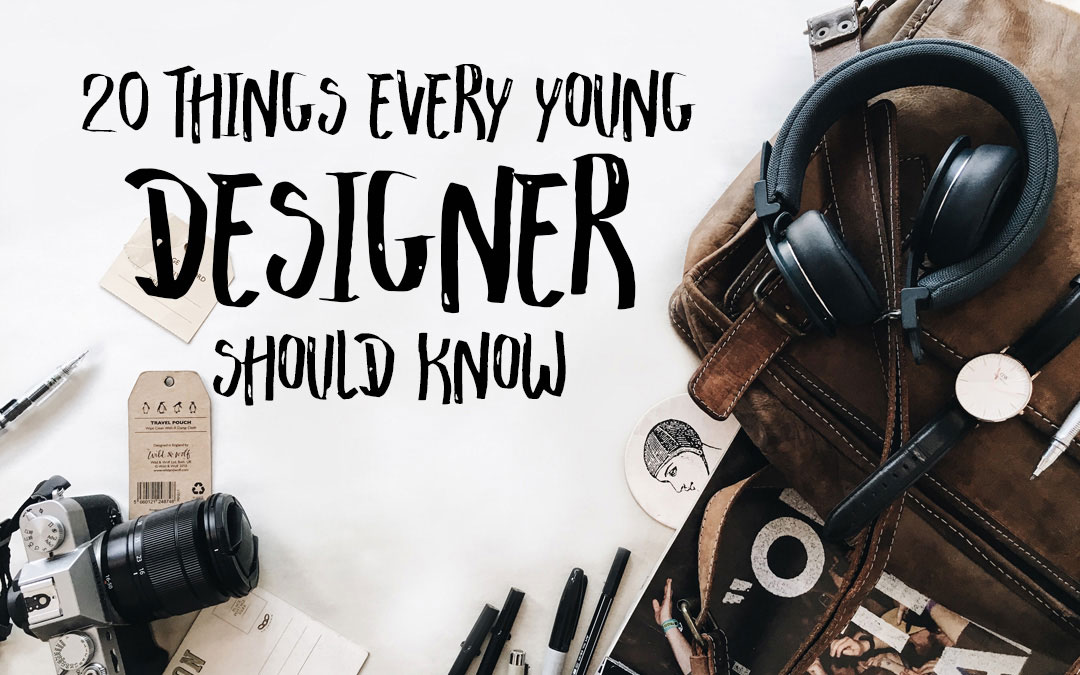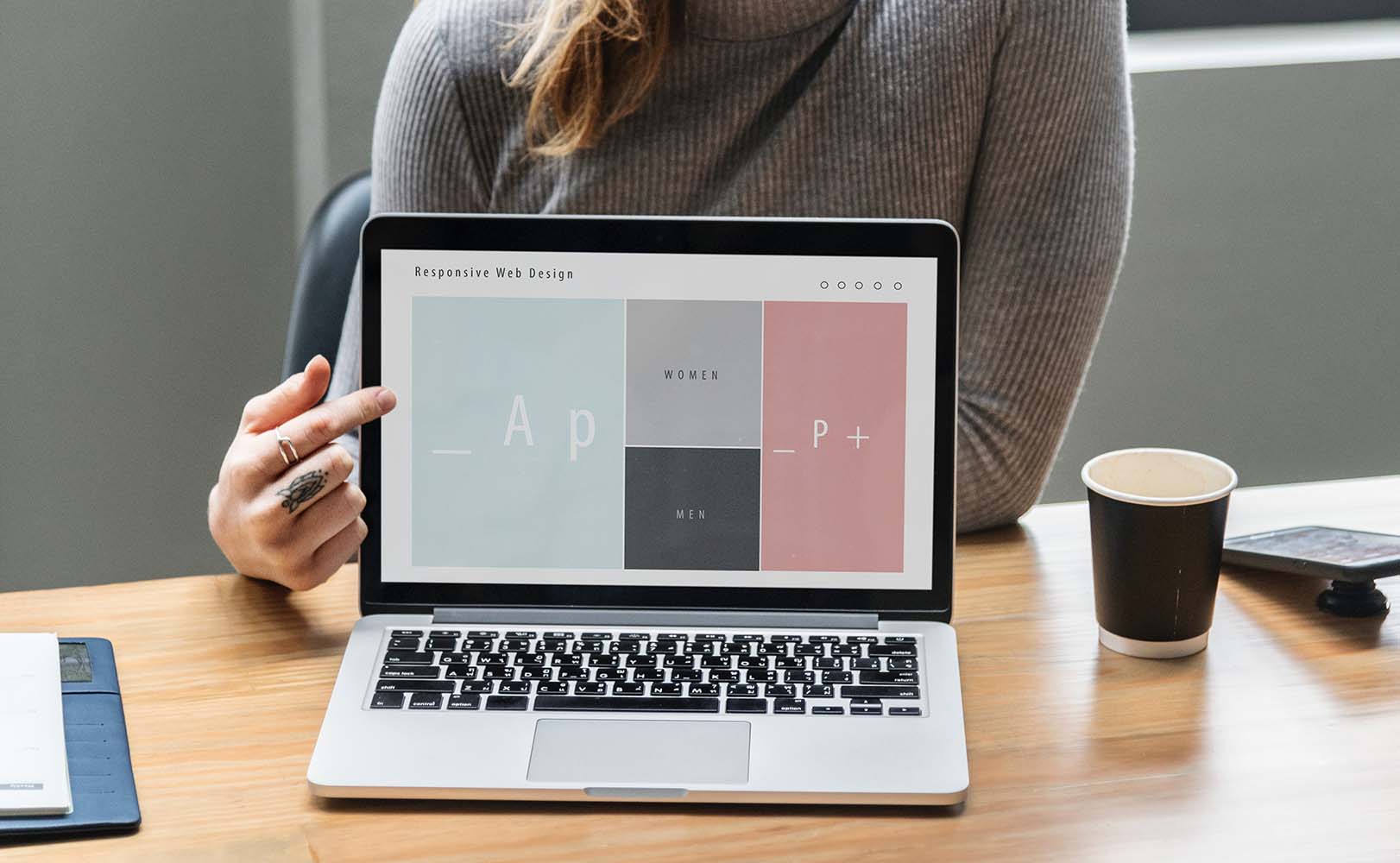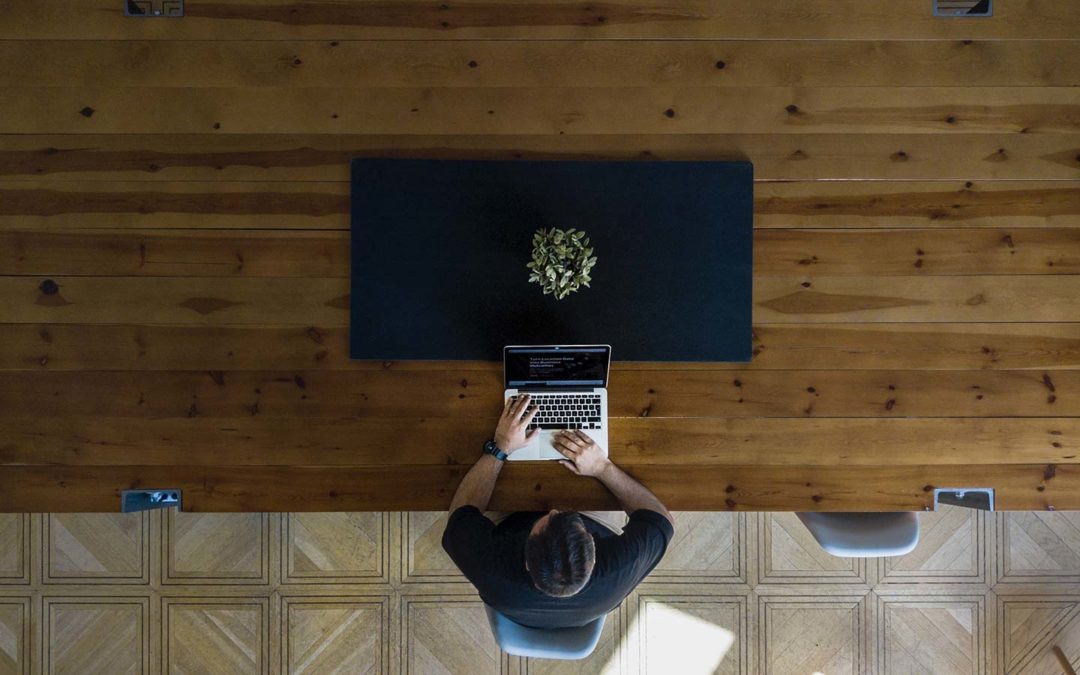For a design grad fresh out of college, design marketplace is a new world altogether. They embark on a creative journey, gradually exploring the transition from a design student to a design professional. Things can be really challenging at first but these are the opportunities which make them grow as a designer and nurture their skills. If you are a young designer just entering the marketplace and looking forward to prove your mark, here are few pieces of advice that will guide you on to a fabulous career ahead :-
1. The Slow Start
No matter how big the organization you get hired with, still you have to start small. Don’t expect to get a high post at a prestigious firm straight out of college. You need to prove your mettle to get there. Regardless, you can learn a lot at a smaller business. A startup or a small scale company can help you to gain wide experience and build a strong portfolio. Look for a firm that has other designers on board so that you can foster design thinking under valuable mentorship.
2. Eye For Details
Whatever you publish as a designer is critically evaluated, be it professional projects and work, as well as your portfolio, resume, social media profiles and email communication. Be particular with details and don’t ignore any aspect considering it irrelevant. This is applied from past design. Try to express professionally and avoid usage of shorthand. Get the knack of the basics of style.
3. Work Etiquettes
Both your supervisors and subordinates will make your patience test from time to time. Try keeping your calm and behave as a professional. Avoid conflicts as you may meet these people in different situations, in some other organizations and having good working history is really important to acquire a good place. This extends to the online persona too. Don’t stoop down to the level of anonymous digs at people.
4. Master Typography
The small powerful factor that can change the fate of a project is typography. It is indeed one of, no, actually the most essential feature in a design project that can transform everything. Type theory can be of great help and is universal in application for all the mediums. Be careful in pairing typefaces, using different styles and choosing typefaces as per the mood and message. Measure the prospect of readability vs. art and remember considering kerning and spacing with every letter you add to the piece.
5. Know Your Audience
It is always good to define your audience well. You should know to whom you are communicating and what is the objective to do so. If you fail to know your audience and also don’t know about the purpose of the project, go back to the basics. Graphic design is an activity that expresses a message visually. Take note that you are familiar with the message and know your viewers well before you start out with the design process. Intend communication with a purpose; don’t run behind visual appeal.
6. Believe and Achieve
Don’t ever doubt your ability as a designer, author, creative or photographer. It is not good to stick to a fixed style. Instead, create your own approach for your projects. Your commissioned work can’t speak about you but it can give a good impression of yours as a designer. As you get a name for your specialty, people will hire you for the same. For your personal tasks, let your story come out. No one else is in charge to do that.
7. The ‘No’ Mantra
Sometimes the best thing you can do to yourself as a designer is by saying ‘no’ to clients and projects and turning down projects that aren’t suitable for you. Of course, it is a tough road down there and you will know when to refuse only after facing few disasters in your career. Evaluate the upside of any project, the creative freedom of design process granted, long term association and gross billing as against the downsides, that is, the disregard of the creative process, taken for granted as a vendor and the unreasonable scope creep.
8. All Ears To The Client
Remember listening should be your strength. If you want outstanding designs that are a winner with everybody, for that you need to listen and communicate effectively to your clients. More than listening, it is important to adjust to the level of the client’s desire. There will be situations when you won’t agree to the set direction or decided look, but if you have been hired for a particular task; the client is always right, no matter what.
9. The Trendy Outlook
Be on the constant lookout for trends. Keep a tab on the new trends in design so that nothing is missed out what is grabbing eyeballs in the market. Also, don’t get caught up in the rage and adopt a trend unless you find it really apt for your design. Being high on trend can be great but it may not always suit a live design. Experiment with trends on sides or use dribble shots to give an outlet to your curiosities.
10. The Art of Copywriting and Editing
Don’t limit your role as a designer. Just because you design that doesn’t mean you can’t work on the copy. You must know some basics of copywriting and editing so that you can assist and contribute in the information architecture. A design is spineless without the support of content. These skills will ultimately prove valuable to the design. You can edit and change the misspelled words and modify the grammar in the copy as it will make things smooth for you in the end. Your design should project everyone in good light; a typo error symbolizes carelessness on the behalf of team.
11. Learn To Defend
You must be equipped to explain how your design works for a non-design audience. The tact to express and communicate effectively why your design is the best can go a long way in convincing your clients or bosses in the same way you believe in your project. While defending, be vigilant and use a theory or logistics to highlight a different design perspective. Using phrases like ‘It looks good’ won’t be sufficient to get approval.
12. Portfolio Building
A great way to build your portfolio is to search for some known local arts organization with poor visual brand identity or website and give them the offer to reform the same. They get innovative design work and you get rewarded with creative freedom as well as some noteworthy projects in your book that can raise the bar of your worth in the eyes of potential clients.
13. Research Is Must
You can’t get to know all the minute aspects of your clients’ businesses as they know, but there is never any harm in trying. Try to delve in deeper and learn as much as you can at the start of the project about the goals, dealings, competition and their history. Spend a half or full day in download meetings, ask whatever you can and then just listen.
14. The Paper Work
Don’t get blind in the digital stratosphere so much that you ignore paper. Paper can never be dead. The beauty and tangibility of a fine piece of paper can never be replaced or recreated on a screen, tablet or mobile device. Paper manufacturers, merchants and printers are doing super work in helping the designers in opting for sustainable paper options to reduce the negative impact on the environment. Choose papers that match your clients’ requirements but don’t be careless with its usage.
15. Not About Personal Style
Everyone has his or her own personal style. But you are here with a different purpose, that is, to deal with the communication problems of others. You are not hired to solve your personal communication problems. Employing one particular style or direction for numerous clients or projects will never lead to success as it will give an impression of one-dimensional approach.
16. The Major Force
What are your strengths? Go for the areas you still need training so that you can grow at the workplace. Can your firm gain from having an in-house photographer, video editor, web programmer etc. An all-rounder will always get an edge through his work. Be open to learning and get extra training to enhance your skill set and widen your role at work. Does the firm suffer in work when you are on leave? Good. You are in demand.
17. Value Relationships
Build strong relationships with your team and colleagues at work; relationships are not just meant for clients. Have a cordial relation with everyone; know your delivery people, printer reps, paper merchants, business leaders and local politicians. Attend the major events, start networking and meet new people. Be socially active; impress people with your aesthetic business cards that also mention your website address.
18. Be Open To Criticism
As a designer, it is difficult to accept your work being rejected or your ideas being challenged or doubted. However tough, remember constructive criticism is really important to improve you as a designer and make you master the art of visual communication. Don’t forget this when you exit the design school to enter the boardrooms of the corporate world. Always collect feedback from your friends, co-workers and mentors to bring out the best in you. Online sites are not much suitable source for this practice.
19. Handy Sketchbook
It is not necessary to be expert at drawing in order to keep a small book in your bag or back pocket. Ideas don’t have a fixed time to strike and can come at anytime. So, it is necessary to keep a record to retain it for later use. While you fill your book, add the number, date and stick it on a shelf. There will be a time when your bookcase will become a library of your innovative ideas and thoughts.
20. Be of Help
No matter how experienced you are, always be of help to the younger designers or students and mentor them to achieve their goals. Contribute in making design their successful career. You don’t have to develop a curriculum to help. Take part in local student portfolio submissions and give your guidance to the aspiring designers. The whole experience will benefit everyone involved in the program.
The Last Word
These are the best pieces of advice to advance you on your path to a successful design career. Young designers must know that some of these tips might suit them easy but there are others that will take the time to implement. Remember, design is an adventure. Enjoy! Keep calm and stay on.



